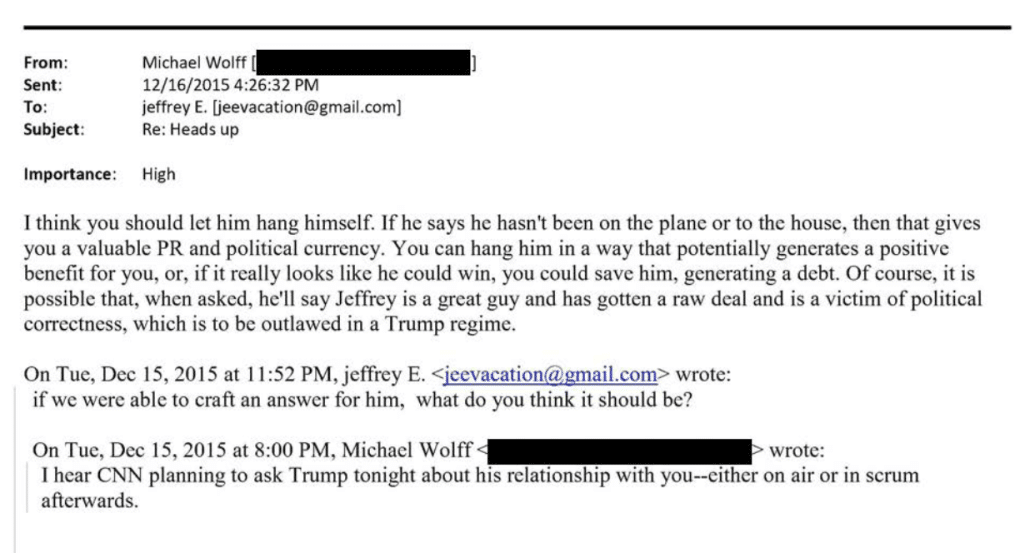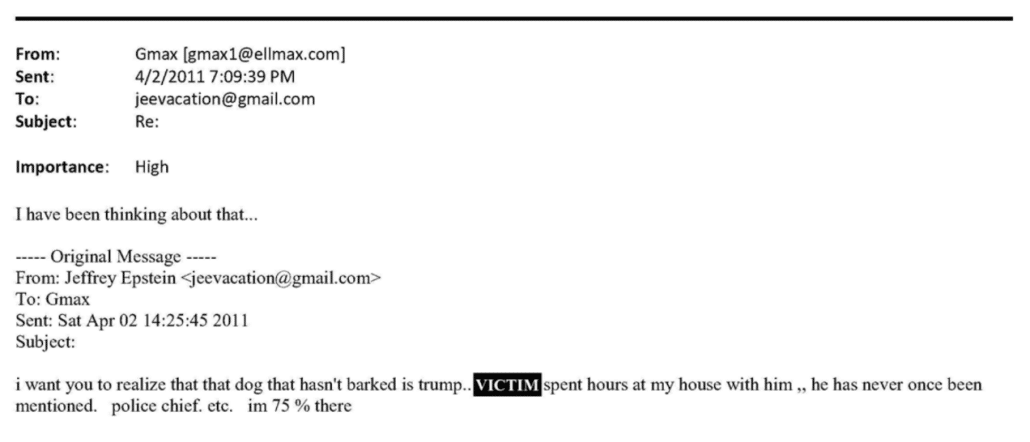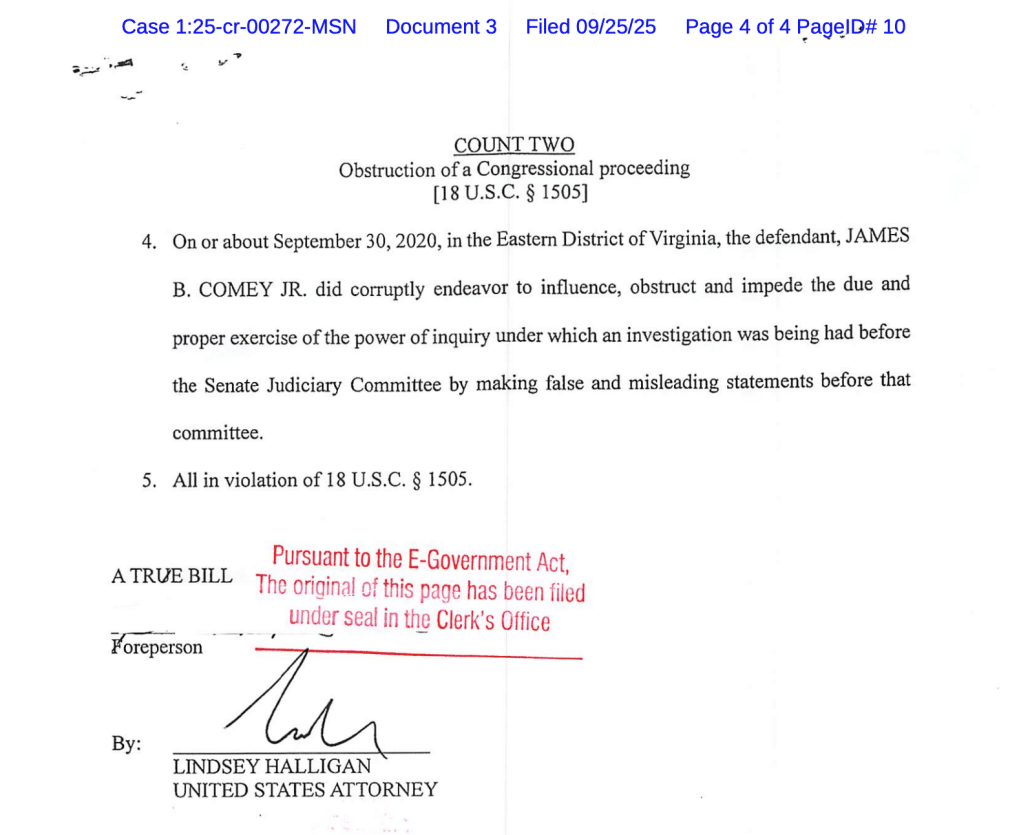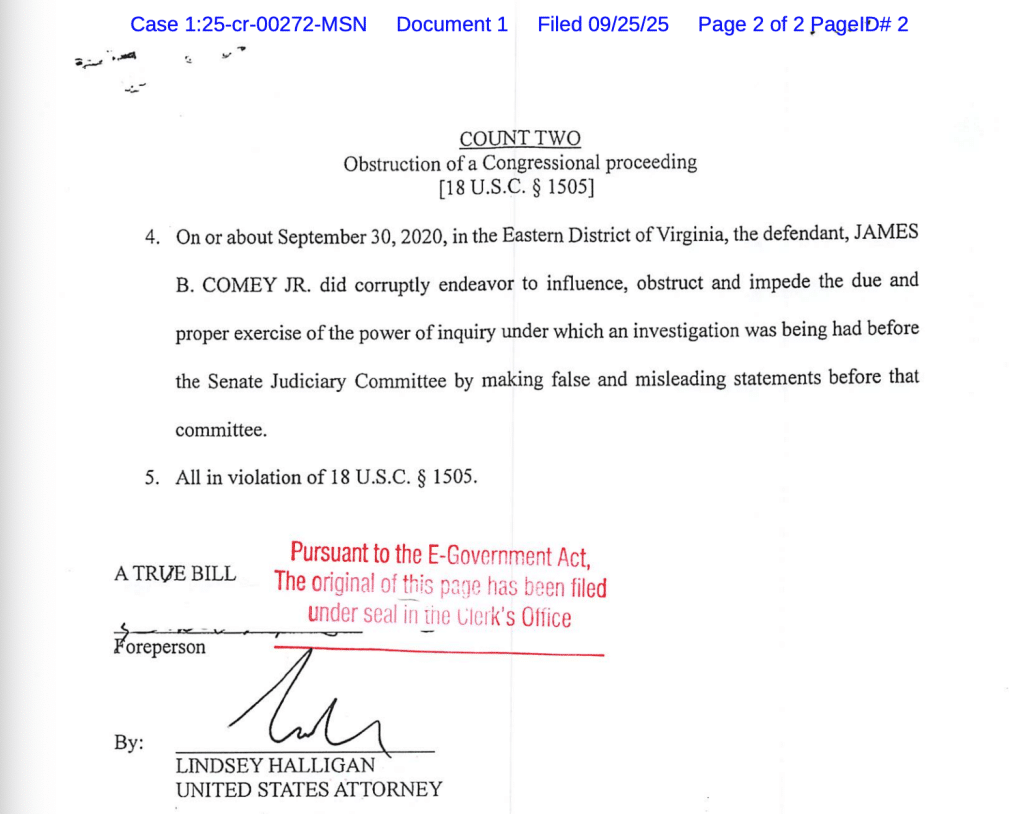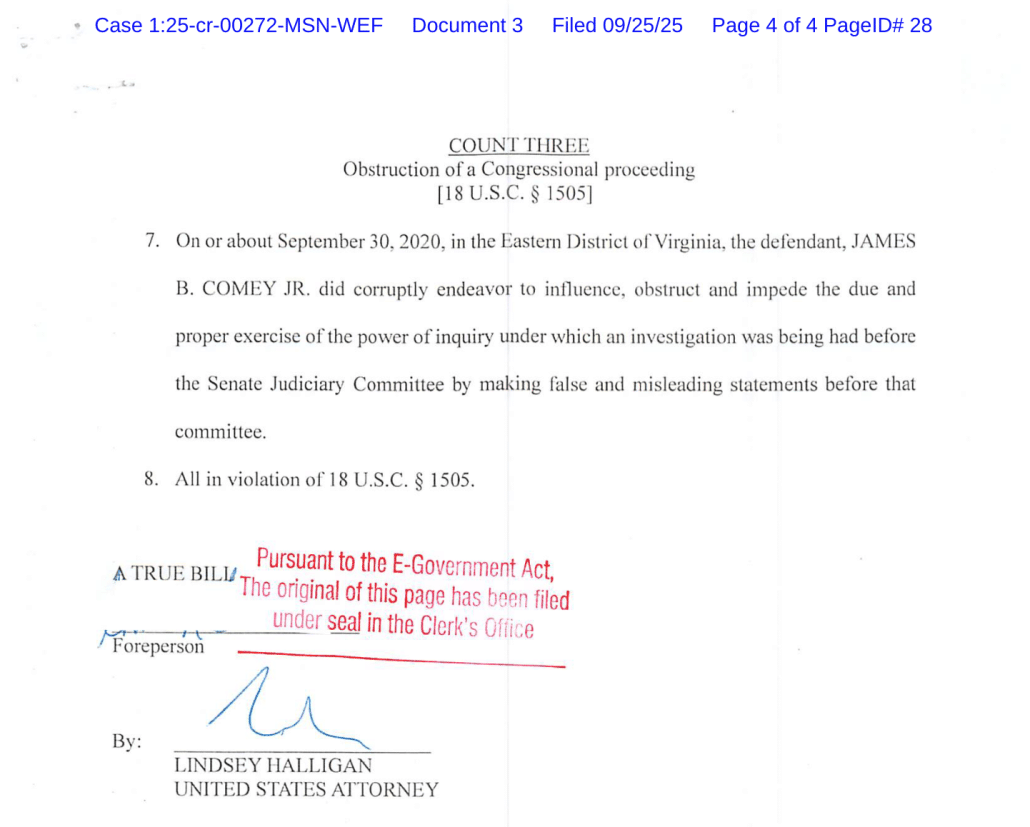The thing about Bill Pulte’s corruption is that a fair number of Republicans seem have it in for him, too (as laid out in this Politico piece in September).
That may help to explain the 3,000 word profile airing the family’s dirty laundry while detailing that Pulte’s closest ties to his family’s developing empire are to some decrepit trailer parks.
He did not issue press releases about the five mobile home parks his companies acquired in Florida for about $3 million in the two years before he was nominated to become the F.H.F.A. director in January.
Recent visits to two of the mobile home parks revealed a broken fence and overflowing trash bins. The dozen or so trailers at the parks were aging. Some had windows covered with faded American flags and cardboard. Duct tape patched torn screens.
Documents show Mr. Pulte was the signatory on a $2 million mortgage taken out on three of the properties in August 2024. The woman listed as an agent on some of the mobile home parks also works in his charitable organization. In January 2024, he told an interviewer on an investing podcast that the “Pulte Family” was buying mobile home parks and planning to revamp them amid a market of rising rents.
In the same interview, Mr. Pulte said he planned to make them into “nice communities.”
But his companies have been slow to make repairs, said residents of three of the parks, who spoke on the condition of anonymity because they feared retribution.
A resident of one property, in Lake Worth in Palm Beach County, said he had gone months without a working stove, despite asking the management company to fix it. Another resident said he had spent $300 to repair his broken air-conditioning unit. Some trailer park leases warn tenants that if they miss rent payments, which are due weekly, “they will be removed for trespassing by the local sheriff!!”
At some properties, rents have been rising. A resident at a mobile home park in Cottondale in the Florida panhandle said in a filing in Jackson County Court this summer that his monthly rent had increased to $950 from $550 after Mr. Pulte’s company took over. At a park in Ruskin, south of Tampa, rents recently rose $100 a month — about 16 percent — to pay for a new dumpster, several residents said.
None of the mobile home properties carry the Pulte family’s name.
One of the quickest ways to taint someone in Trump’s eyes is to make him look squalid.
 Meanwhile — and purely by happenstance — the Epstein dump James Comer released to distract from Trump’s knowledge of Epstein’s sex trafficking included a document that seems to be Epstein’s side of the split with Trump.
Meanwhile — and purely by happenstance — the Epstein dump James Comer released to distract from Trump’s knowledge of Epstein’s sex trafficking included a document that seems to be Epstein’s side of the split with Trump.
In a February 1, 2019 email first sent to himself (possibly BCCed to someone else?), and then sent to Michael Wolff, Epstein transitions directly from a claim in one of the letters from which Comer was trying to distract — that Trump came to his house a lot while someone Epstein trafficked was there, purportedly Virginia Giuffre — to his description over the fight about the property that Trump would one day launder into cash from Dmitry Rybolovlev, the fight that Trump had also publicly used to explain the split. Much of Epstein’s focus was on his suspicions that Trump didn’t have the money to buy the mansion in the first place and probably didn’t pay taxes on it.
But amid the description, Epstein describes that “his friend pulty the developer” was part of Trump’s bid. If that is Pulte, it would be Pulte’s father who, like Trump’s dad, fronted him in the real estate business. [Update, corrected per this report. h/t DrAwkward]
In Epstein’s mind, then, there’s a tie between Trump’s knowledge he “stole” his spa girl and the fight over the Palm Beach mansion, a fight in which “pulty the developer” played some part.
But all that is in the past.
Let’s move onto concerns about the present and future.
AP reports that an aide to Pulte pulled information on single home mortgage rates and shared it with a competitor. When Fannie executives pointed out this was collusion, they were fired (another part of the explanation for Pulte’s purge last month).
A confidant of Bill Pulte, the Trump administration’s top housing regulator, provided confidential mortgage pricing data from Fannie Mae to a principal competitor, alarming senior officials of the government-backed lending giant who warned it could expose the company to claims that it was colluding with a rival to fix mortgage rates.
Emails reviewed by The Associated Press show that Fannie Mae executives were unnerved about what one called the “very problematic” disclosure of data by Lauren Smith, the company’s head of marketing, who was acting on Pulte’s behalf.
“Lauren, the information that was provided to Freddie Mac in this email is a problem,” Malloy Evans, senior vice president of Fannie Mae’s single-family mortgage division, wrote in an Oct. 11 email. “That is confidential, competitive information.”
He also copied Fannie Mae’s CEO, Priscilla Almodovar, on the email, which bore the subject line: “As Per Director Pulte’s Ask.” Evans asked Fannie Mae’s top attorney “to weigh in on what, if any, steps we need to take legally to protect ourselves now.”
While Smith still holds her position, the senior Fannie Mae officials who called her conduct into question were all forced out of their jobs late last month, along with internal ethics watchdogs who were investigating Pulte and his allies.
This effort seems to stem from Pulte’s response to Trump’s orders to push builders to build more single family homes.
Pulte’s power over the mortgage lending industry is unusual. Not long after his Senate confirmation, he appointed himself chairman of both Fannie Mae and Freddie Mac, which hold trillions of dollars in assets. The companies serve as a crucial backstop for the home lending industry by buying up mortgages from individual lenders, which are packaged together and sold to investors.
The three competing roles present the potential for a conflict of interest that is detailed in emails reviewed by AP. Like many matters of public policy in Trump’s Washington, it appears to have begun with a social media post.
In October, Trump criticized the homebuilding industry, which he likened to the oil-market-dominating cartel OPEC.
“They’re sitting on 2 million empty lots, A RECORD,” the president posted to his social media platform, Truth Social. “I’m asking Fannie Mae and Freddie Mac to get Big Homebuilders going.”
“On it,” Pulte posted in response on X.
That is, Pulte may have abused his overlapping roles running the country’s housing finance in an attempt to solve the fact that he’s not otherwise good at his job.
And so he tried to cheat.
And when caught cheating, he fired the people who caught him.
The fact that Pulte keeps getting caught botching his day job — the one that, when he fails, could tank the entire US if not global economy — has not distracted him from his real love: framing Trump’s enemies.
This time, Eric Swalwell was the target.
A top housing official in President Donald Trump’s administration has referred California Democratic Rep. Eric Swalwell to the Justice Department for a potential federal criminal probe, based on allegations of mortgage and tax fraud related to a Washington, D.C., home, according to a person familiar with the referral.
He is the fourth Democratic official to face mortgage fraud allegations in recent months.
Bill Pulte, the director of the Federal Housing Finance Agency, alleged in a letter sent to Attorney General Pam Bondi on Wednesday that Swalwell may have made false or misleading statements in loan documents.
The matter has also been referred to the agency’s acting inspector general, this person said.
“As the most vocal critic of Donald Trump over the last decade and as the only person who still has a surviving lawsuit against him, the only thing I am surprised about is that it took him this long to come after me,” Swalwell said in a statement to NBC News.
Perhaps Pulte has a whole portfolio of flimsy claims about Trump’s enemies in a folder somewhere, to deliver up to Trump every time someone, even some Republican, raises real concerns about his basic competence.
Thus far, it seems to have insulated him from any real accountability.

